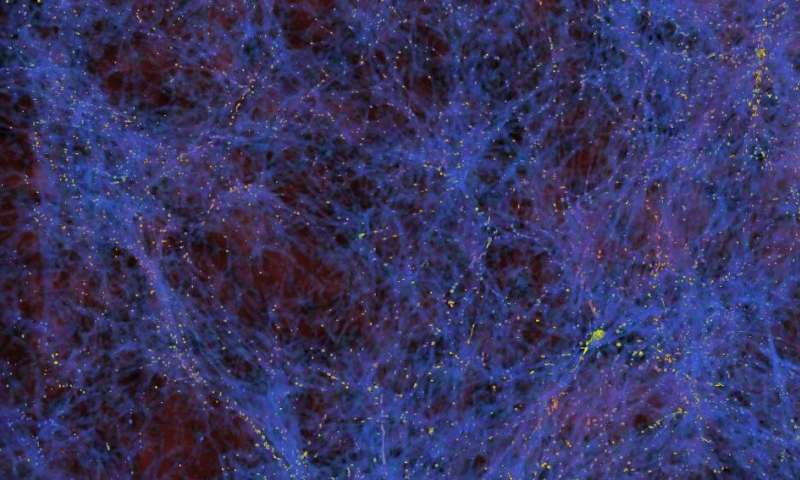Best of Last Week – New candidate for dark matter, first female on moon and health benefits of being in nature

It was another good week for physics as a pair of researchers at the University of California proposed a new candidate for dark matter and a way to detect it. John Terning and Christopher Verhaaren suggested it might be a dark magnetic monopole that interacts with a dark photon. And a team at Princeton announced that they are closer to controlling the mysterious Majorana quasiparticle for quantum computing; they demonstrated a way to do it that makes them more robust. Also a team from Brookhaven Lab and the National High Magnetic Field Laboratory at Florida State University reported that they had found that electron (or 'hole') pairs may survive an effort to kill superconductivity, providing "circumstantial evidence that stripe-ordered arrangement of charges and magnetism is good for forming the charge-carrier pairs required for superconductivity to emerge." And another team at the National High Magnetic Field Laboratory announced that they had created a world-record magnetic field using a small, compact coil design.
In news from space, a team at Baylor University reported that they had detected a mass anomaly under the moon's largest crater; they suspect it is likely metal deposited from an asteroid strike. A team at the University of California, Riverside, reported a technique to dramatically narrow the search for advanced life in the universe by discounting exoplanets that have a buildup of toxic gases in their atmospheres. And as NASA prepares to send astronauts to the moon again, some in the field are consideringwho will be the first female moonwalker. Because of the proximity of the launch date, planners believe it will likely be one of the 12 women currently in NASA's astronaut program.
In other news, a team of Russian scientists made headlines around the world when they reported that they had found a perfectly preserved Ice Age wolf head in Siberia. Frighteningly, this discovery is due to the melting of permafrost. Also, a team at the University of Copenhagen found that exercise may have different effects in the morning and evening.
And finally, if you are among the millions the world over looking to improve your health by getting out and enjoying the great outdoors, you might want to check out a study by a team at the University of Exeter, who found that two hours a week is the key dose of nature for health and wellbeing.
© 2019 Science X Network